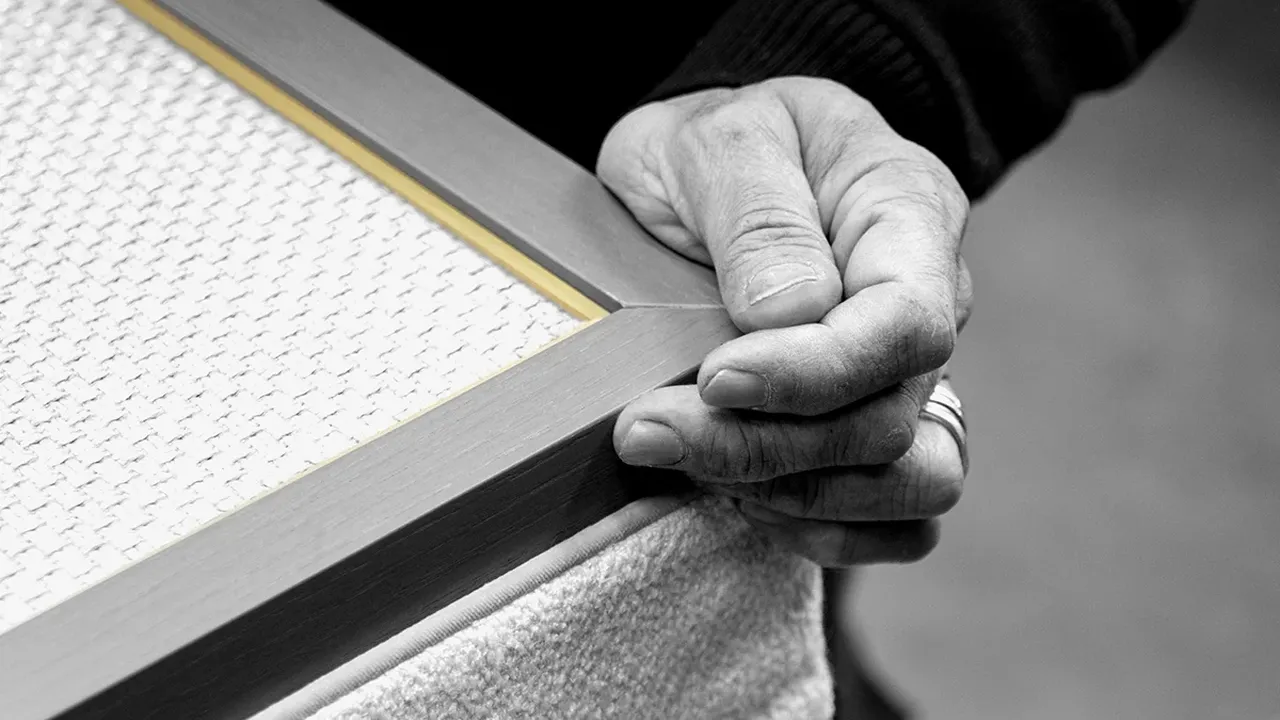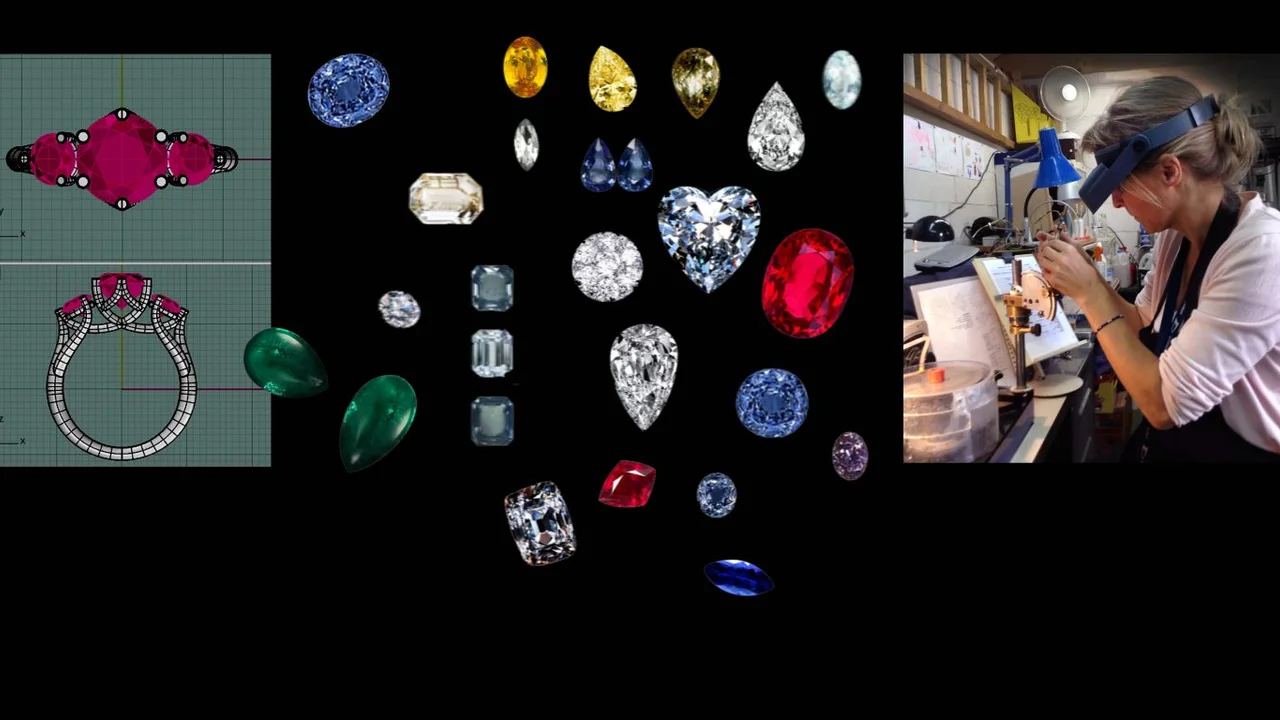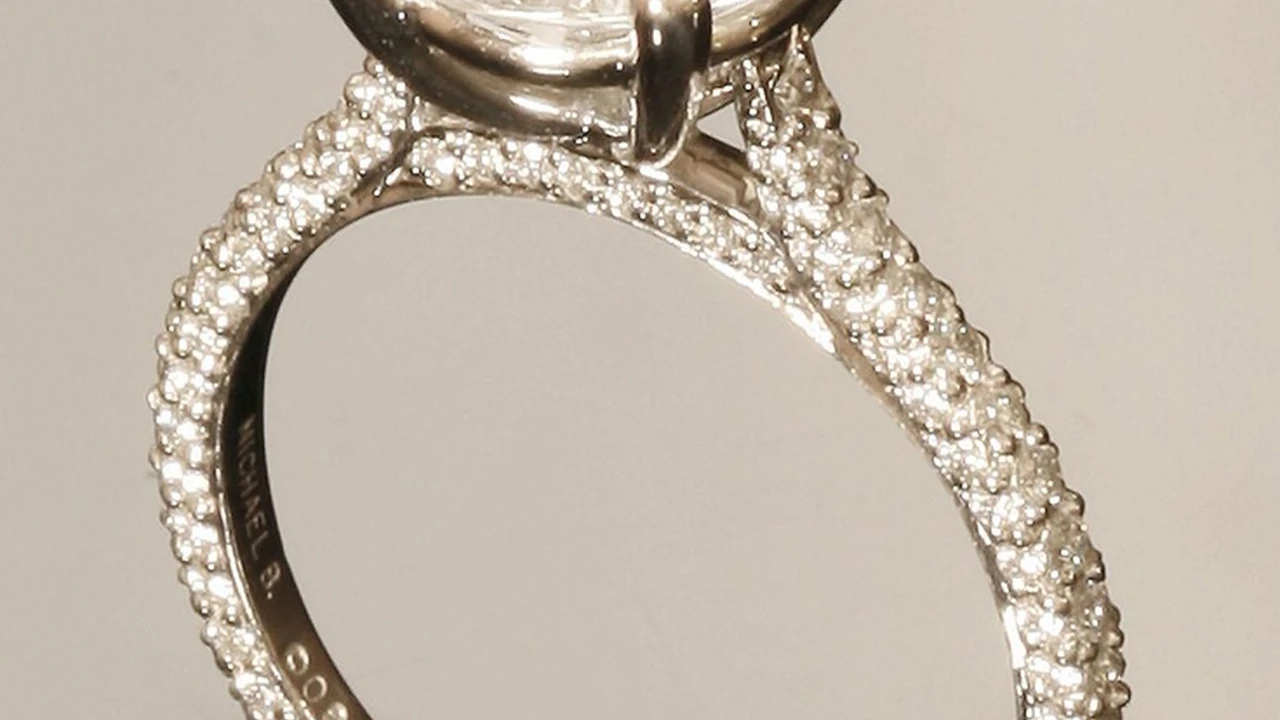Bespoke vs High Jewelry The Role of Craftsmanship
Explore the role of craftsmanship in bespoke and high jewelry. Learn about the skills and techniques involved in creating each type of piece.

Understanding Craftsmanship in High Jewelry Creations
High jewelry is synonymous with exceptional craftsmanship. These pieces are often the culmination of years, even decades, of experience and expertise passed down through generations. The artisans involved in high jewelry are masters of their trade, possessing an intimate knowledge of precious metals, gemstones, and intricate techniques. Think of the meticulous setting of tiny diamonds in a Van Cleef & Arpels Mystery Setting or the complex metalwork of a Cartier Panthère brooch. These are not simply pieces of jewelry; they are miniature works of art.
The creation of high jewelry often involves a team of highly skilled individuals, each specializing in a specific area. There are gem cutters who meticulously shape and polish rare stones to maximize their brilliance, metal smiths who expertly work with platinum and gold to create intricate settings, and stone setters who painstakingly place each gemstone with precision and care. The level of detail and precision required is extraordinary, and the slightest mistake can compromise the entire piece.
Examples of High Jewelry Craftsmanship:
- Cartier Panthère Brooch: Showcases exceptional engraving and stone setting. Expect a price tag upwards of $50,000, depending on the size and gemstones used.
- Van Cleef & Arpels Mystery Setting: An iconic technique where stones are set without visible prongs. Prices typically start around $100,000.
- Graff Diamonds Butterfly Brooch: Features a dazzling array of meticulously matched colored diamonds. These can easily reach seven-figure prices.
These pieces are usually reserved for special occasions – galas, red carpet events, or significant personal milestones. Imagine wearing a Graff Diamonds necklace to a charity ball or a Cartier bracelet to a high-profile wedding. The setting should be as extraordinary as the jewelry itself.
The Art of Craftsmanship in Bespoke Jewelry Design
Bespoke jewelry, on the other hand, places a strong emphasis on collaboration and personalization. While the craftsmanship is still incredibly important, it's often more focused on bringing the client's vision to life. The artisan acts as a guide and interpreter, translating ideas and emotions into a tangible piece of jewelry. The client is actively involved in the design process, from selecting the gemstones and metals to shaping the overall aesthetic.
The beauty of bespoke jewelry lies in its uniqueness. Each piece is one-of-a-kind, reflecting the individual style and personality of the wearer. The artisan works closely with the client to understand their preferences, incorporating sentimental details and meaningful symbols into the design. This level of personalization is simply not possible with mass-produced jewelry.
The process often begins with sketches and renderings, allowing the client to visualize the final product before it's even created. The artisan then hand-selects the materials, ensuring that they meet the client's specifications and budget. The construction of the piece involves a combination of traditional techniques and modern technology, depending on the complexity of the design.
Examples of Bespoke Jewelry Craftsmanship:
- Custom Engagement Ring: Designed with the client's specific preferences in mind, incorporating a family heirloom diamond. Prices vary wildly based on stone and metal, but expect a minimum of $5,000.
- Personalized Pendant: Featuring an engraving of a meaningful date or initials, crafted in the client's favorite metal. A simple silver pendant might cost $500, while a gold version with diamonds could reach $10,000.
- Bespoke Cufflinks: Designed to reflect the wearer's hobbies or interests, using unique materials and techniques. Prices range from $1,000 to $5,000 depending on complexity.
Bespoke jewelry is perfect for everyday wear or special occasions. A custom pendant can be worn daily as a reminder of a loved one, while a bespoke engagement ring symbolizes a lifelong commitment. The versatility of bespoke jewelry makes it a valuable addition to any wardrobe.
Comparing Techniques High Jewelry vs Bespoke
While both high jewelry and bespoke jewelry rely on skilled craftsmanship, the techniques employed can differ significantly. High jewelry often utilizes highly specialized and time-tested techniques that have been perfected over generations. These techniques are often closely guarded secrets within the jewelry houses. Bespoke jewelry, on the other hand, may incorporate a wider range of techniques, including more modern and experimental approaches.
High Jewelry: Emphasizes traditional techniques, such as hand-setting, engraving, and enameling. The focus is on achieving the highest level of precision and perfection. Materials are typically the finest available, including rare gemstones and precious metals.
Bespoke Jewelry: May incorporate a mix of traditional and modern techniques, such as CAD/CAM design and 3D printing. The focus is on creating a unique and personalized piece that reflects the client's vision. Materials can range from precious to semi-precious, depending on the client's budget and preferences.
Gemstone Sourcing Ethical Considerations in Both Worlds
The sourcing of gemstones is a critical aspect of craftsmanship in both high jewelry and bespoke jewelry. Ethical considerations are becoming increasingly important to consumers, who want to know that their jewelry is not only beautiful but also responsibly sourced. Many jewelry houses are now committed to sourcing gemstones from conflict-free zones and supporting sustainable mining practices.
High Jewelry: Often sources gemstones from established suppliers with a proven track record of ethical sourcing. These suppliers typically adhere to strict standards and regulations to ensure that their gemstones are conflict-free and environmentally responsible.
Bespoke Jewelry: Offers more flexibility in gemstone sourcing. Clients can choose to source their own gemstones, perhaps using heirloom stones or working with independent gem dealers who specialize in ethically sourced materials. This allows for greater transparency and control over the sourcing process.
The Human Element The Importance of Skilled Artisans
Ultimately, the craftsmanship of both high jewelry and bespoke jewelry relies on the skill and dedication of the artisans involved. These individuals are not simply workers; they are artists who pour their heart and soul into each piece they create. Their expertise and passion are what transform raw materials into exquisite works of art.
Supporting skilled artisans is essential to preserving the traditions of fine jewelry making. By choosing high jewelry or bespoke jewelry, you are not only acquiring a beautiful piece of art but also supporting the livelihoods of talented individuals who are dedicated to their craft. Consider this when making your next jewelry purchase – you're investing in artistry and heritage.
:max_bytes(150000):strip_icc()/277019-baked-pork-chops-with-cream-of-mushroom-soup-DDMFS-beauty-4x3-BG-7505-5762b731cf30447d9cbbbbbf387beafa.jpg)






